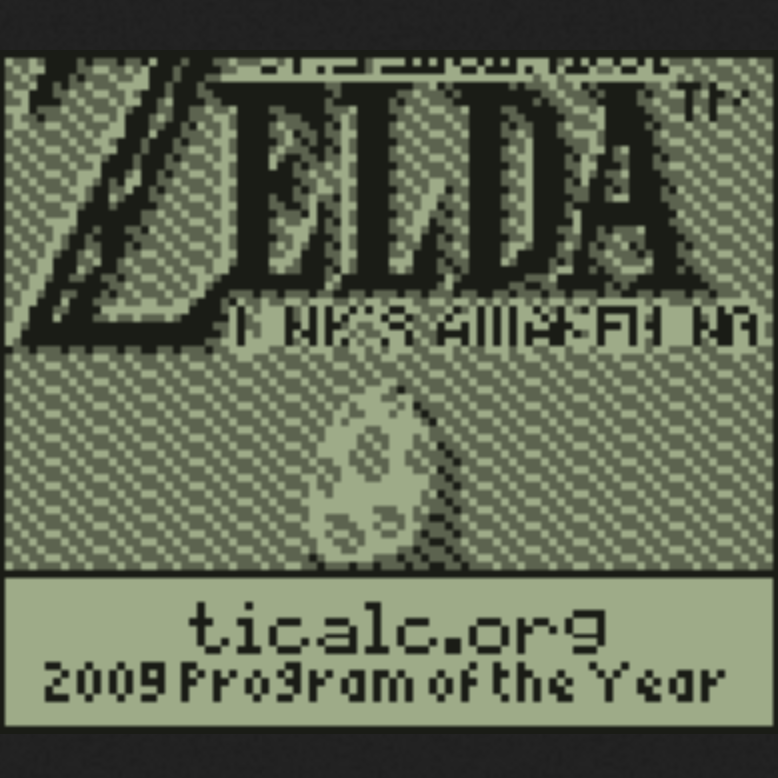The gold standard for graphing calculators, at least in the US, are the Texas Instruments TI-84 series. Some black sheep may have other types, but largely due to standardized testing these calculators dominate the market. Also because of standardized testing, these calculators have remained essentially unchanged for decades. While this isn’t great for getting value for money, it does mean that generations of students have been able to hack on these calculators to do all kinds of interesting things as [George Hilliard] outlines.
Even before the creation of these graphing calculators, the z80 processor behind them was first produced over four decades ago and was ubiquitous in the computer scene at the time, which also lends to its hackability. There’s plenty to catch up on here, too, from custom TI games that trick the two-tone display into grayscale to Game Boy emulators that can play Zelda since the TI and Game Boy share the same processors. There are also several methods of running native code or otherwise “jailbreaking” these devices to run arbitrary code.
It looks like the world of TI hacking is alive and well now, and with several decades of projects to browse there’s always something new to find. As it stands, there may be more decades of these types of projects to come, since neither TI nor the various testing standardization companies and government agencies show any signs of changing any time soon.
Thanks to [Adrian] for the tip!
















So annoying that new models require “jailbreaking” to run assembly code. That’s a pretty recent addition and not an improvement. On the other hand, they do also make one now that has CircuitPython integrated, for which they literally just added a samd21 to run on…
TI is heavily invested in their z80 assembly codebase and can’t get things like CircuitPython to build on ez80 (due to a host of technical problems), leading to hacks like you say: shipping a totally separate ARM microcontroller to run the Python environment, with the z80 playing dumb terminal.
A smarter solution would be to virtualize the z80 portions on basically any other architecture and slowly start moving to C wrappers for TI-OS functionality.
Have you never seen the TI Nspire series? All based on ARM, with lots of ram/rom. TI is not that heavily invested in their z80 codebase anymore.
We are cursed with the TI83/TI84 ilk because of standardized testing.
It’s really sad to see given the TI-86 even let you enter raw hex into a basic program and run it as a documented feature. Yes, you had to do the assembling yourself, but Z80 isn’t too bad an architecture.
*TI-89 – It has CAS capabilities.
Far far from a “gold standard” in calculators. It is the mandated calculator for school curriculum and an insanely expensive money machine for TI. I had to use the damn things teaching high school math and physics and detest the interface and primitive graphics – and the rate at which the batteries vanish.
This has been out for HP 48 for years. It still is cool